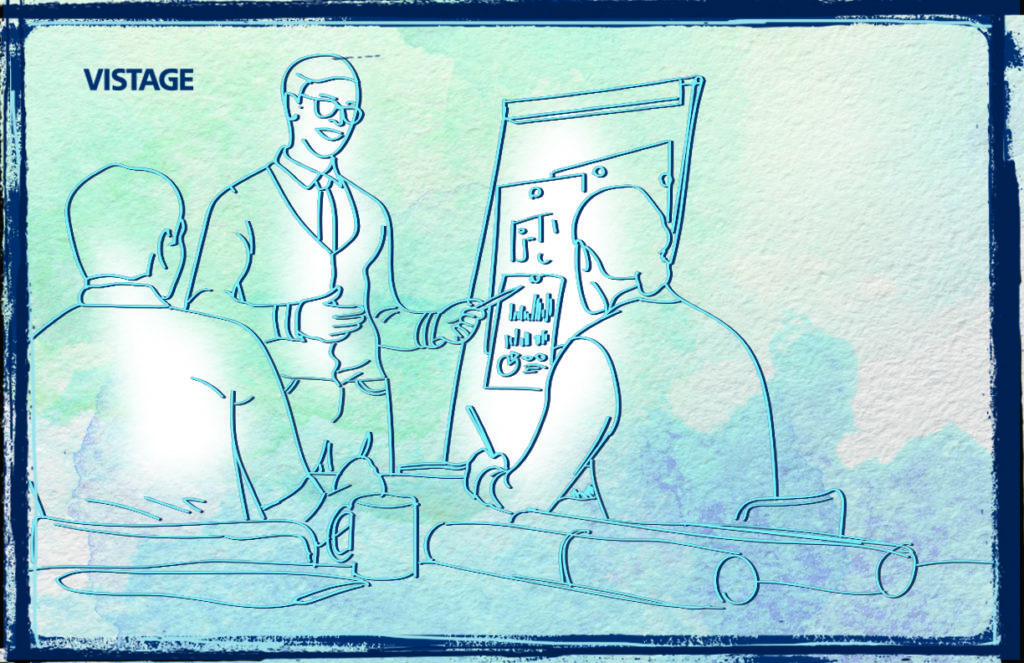3 keys to a strategic plan that gets results

If you have ever felt frustrated when it comes to creating or implementing a strategic plan, you’re not alone. It’s easy to make the process complicated, costly, stressful and overwhelming.
It’s important, however, to get strategic planning right. There are huge costs associated with incomplete plans, including loss of leadership in the market; failure to accomplish operational and financial goals; frustration within your organization; view that strategic planning is a waste of time; weakened credibility of the leadership team; and loss of time and money.
At The Center for Sustainable Strategies, we guide our clients through a three-step strategic planning process that leads to results. To begin, we tell clients to schedule three, two-hour sessions with all employees or organize an offsite retreat for 1.5-2 days. If you have more than 20 employees, ask for volunteers from different departments to encourage diversity in thinking and keep the discussion manageable. To keep everyone focused, break people up into small groups to answer questions and report back to the larger group.
Next, take the following three steps:
Step 1: Collectively answer the big questions.
Start by asking your employees the following “big” questions:
• Who are our customers and how can we better serve them?
• Who are our competitors and how can we beat them?
• What do we do best and how can we build on that edge?
• How can we prepare the organization to defend against threats and seize opportunities?
• What are potential “what if?” scenarios we need to consider for the future and how will we prepare for them?
When employees respond, encourage them to use clear language (i.e., no jargon) that everyone can understand. Get specific so that the answers can be translated into clear strategic initiatives that can and will get done. Your goal is develop a few compelling initiatives that will grow and strengthen your organization.
Step 2: Set clear priorities and a strategic theme.
Take the list of priorities developed in step one and discuss the value of each. Hone in on a few key priorities and get the group to agree to a short list of three to five priorities. Next, come up with a strategic theme. This is a one-line statement that conveys the overall push for the organization. It should clearly align everyone and set the focus on the direction of your company. Examples include:
- Beat our top competitor
- Have zero safety incidents
- Expand to China
- Make zero medical errors
- Become a magnet for top talent
Resist the urge to develop a long list of priorities in order to avoid conflict, reduce tension or ensure that nobody feels excluded. This increases the likelihood that you won’t complete the initiatives. In addition, a long list can lead to lack of focus and cause people to feel overwhelmed. People have to believe the strategic plan is achievable to feel excited and motivated to take action.
Step 3: Implement the plan.
The biggest complaint I hear about strategic plans is that they’re never fully executed or completed. In my opinion, there are five big mistakes that lead to this state:
- Not setting clear roles, responsibilities, accountability and rewards systems
- Failing to take things off the plate of busy employees; stacking more work on them
- Neglecting to commit essential resources to the strategy, including capital, training, technology and people
- Lacking the will to stop old initiatives that compete with the new
- Giving up after a few setbacks or initial resistance, instead of getting feedback and making small adjustments to stay on track
This is a process, not an event. Spend as much time on implementation planning as you do on the more glamorous work of answering the key questions and setting priorities. Write a plan that includes agreements and clear, do-able accountability steps for everyone (including yourself). Then schedule quarterly reviews to ensure everyone is on track and make any necessary adjustments. Create a one-sheet summary and post it so everyone can see it and be held accountable. Finally, celebrate milestones in your quarterly meetings so everyone can see progress in action!
Category: Strategic Planning
Tags: Business planning


And implementation is the most critical of the 3; by far.